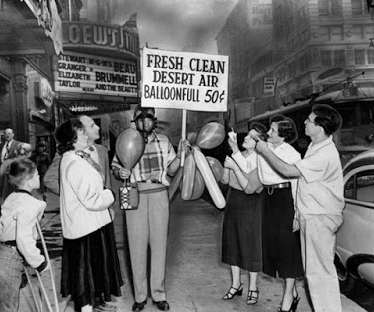DEP Awards $2.9 Million In Grants To Schools, Businesses, Local Governments To Switch To Zero- Or Low-Emission Vehicles; Next Round Of Applications Due Dec. 15
PA Environment Daily
AUGUST 31, 2023
Getting more zero- and low-emission vehicles on the road in Pennsylvania helps reduce harmful air pollutants, including nitrogen oxides, carbon monoxide, particulate matter, and volatile organic compounds. It also helps lower the level of carbon dioxide, helping to address climate change.

















Let's personalize your content